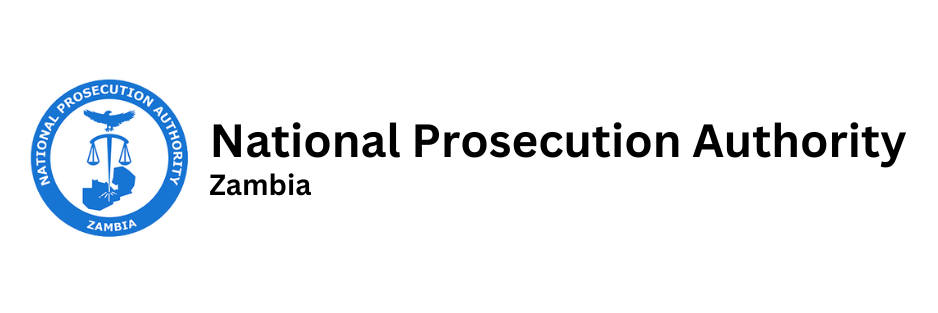ASSET FORFEITURE

Ms. Margaret Kapambwe Chitundu
– Head of Department
Get in touch with the Department
- Plot BLX 29B Independence Avenue Lusaka
- ca@npa.gov.zm -
- +26 0211375600
MOTTO: Titenga!
VISION: The Dirty Hand Must Not Profit!
Mission: Work together with other stakeholders to ensure that criminals do not benefit from the proceeds of their
crime
Key Objectives:
• Prosecute offenders using both criminal and civil procedures to forfeit illegally acquired benefits.
• Assist in the development of an effective legal jurisprudence as asset forfeiture is notably in its infancy stage in Zambia.
• Build capacity to ensure that asset forfeiture is used as widely as possible to make a real impact in the fight against crime.
• Establish excellent relationships with its key partners.
• Assist our international colleagues to enforce assets on our behalf and where necessary to assist them enforce their assets through Mutual Legal Assistance.
What we do:
• The Asset Forfeiture Department (AFD) is a vibrant innovative specialised department under the NPA mandated to implement the provisions of The Forfeiture of Proceeds of Crime Act No. 19 of 2010 (FPOCA). FPOCA domesticated the provisions of the United Nations Convention against Corruption (UNCAC) which Convention has provisions relating to asset recovery and International Corporations.
• World over, it was realized that traditional methods of fighting crime such as long terms of imprisonment were not effective leading to a shift to asset recovery.
• The FPOCA introduces new legal tools to enable the State to combat organized crime and recover the proceeds of crime.
• The FPOCA is an important tool to achieve the goal of reducing organized crime.
• The FPOCA is one piece of legislation that demands a total paradigm shift in that it brought about a fundamental shift in Government policy by introducing new concepts and reliefs which are at the disposal of the State in combating proceeds of crime and organized crime.
• The FPOCA is an important tool to achieve the goal of reducing crime by ensuring that crime does not pay. Criminal activities present a danger to public order and safety and economic stability and have the potential to inflict social damage. It has been observed that traditional laws have somewhat failed to adequately deal with criminal activities and keep pace with international measures aimed at dealing effectively with such activities. FPOCA therefore seeks to ensure that no person benefits from the fruits of crime or ill begotten gains.
• The AFD is robustly ensuring that crime does not pay and its success rate is 100%.
TRAINING
Recognising that Asset Recovery is a relatively new law and highly technical, building capacity of investigators, prosecutors and judges is one of the AFD’s relentless pursuit.
TEAM WORK AND GIVING BACK TO COMMUNITY
The AFD believes in team work and fostering good relations and collaboration. Through joint collaboration with other stakeholders, the AFD has successfully made applications to court and had millions of kwacha, vehicles, houses forfeited to the state. The AFD has empowered other stakeholders through forfeited items. 12 forfeited vehicles were given to Copper Belt Province Police to alleviate their transport challenges, a new Ford ranger and a Benz were given to DEC, 3 flats in new Kasama were proposed to be turned into safe houses for witnesses or vulnerable women and children, the NPA office space in Livingstone was as a result of forfeiture.
The FPOCA and AFD also recognises and empathises with the plight of victims. Where victims are identified, the trend has been to give the property back to them. In a bid to empowering vulnerable people and the community, 119 forfeited pairs of shoes were recently donated to vulnerable children in community schools around the country.
The AFD is contact point for the Asset Recovery inter-agency Network Southern Africa (ARINSA) and coordinates communication with all ARINSA and Camden Asset Recovery Inter-Agency Network (CARIN) member countries and their cooperating partners. The AFD is also a member of Eastern and Southern Africa Anti-Money Laundering Group (ESSAMLG).
With the help of UNODC/ARINSA, the AFD have managed to draft the AFD’s Strategic Plan, Asset Management Manual and an Inter – Agency Framework document.
“He who helps the guilty, shares the crime..”
PUBLILIUS SYRUS
